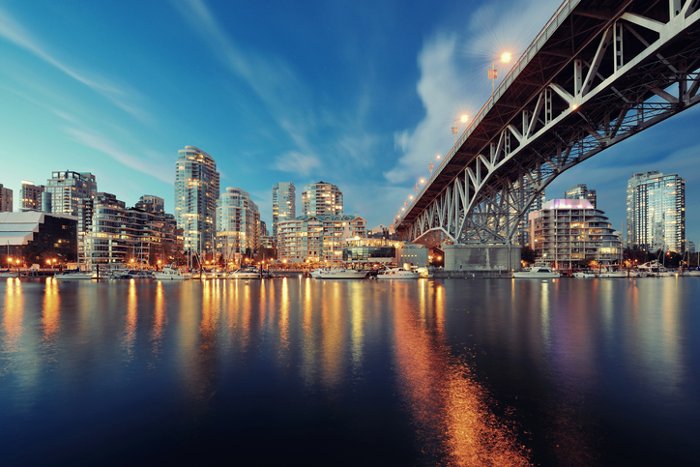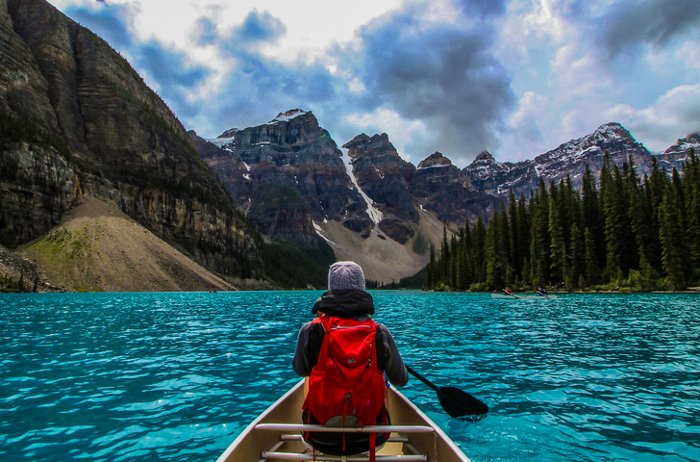
The Canadian Way of Life
Canada consistently ranks among the best place to live in numerous studies. In both 2018 and 2019, Canada was ranked third best country in the world by US News & World Report. This is due in large part to its access to education, high life expectancy (Canada boasts a universal health care system), and low crime and violence rates. It’s no wonder that more and more international students are choosing to study in Canada.
Population
Canada has a population of about 36.7 million. The majority of Canadians are of European descent from early French and British colonists, as well as later immigrants from eastern and southern Europe. The second half of the 20th century saw a large increase in the number of immigrants from Asia, the Caribbean, and Africa. There are currently more than 260 different ethnic origins reported across Canada. It is also home to a large aboriginal population made up of the First Nations, Inuit, and Métis.
Canadian Values
Canada is an immensely large country that is extremely varied in its people, landscape, and climate. Because of this, the Canadian way of life will vary from one individual to the next. Canadians practice many different religions, and over 20 percent claim no religious affiliation. Canadians do share important values such as pride, a belief in equality and diversity, and respect for all individuals. It is these values that make Canada known as a friendly, peace-loving, and secure place in which to live.
Geography
Canada is located in the northern half of the North American continent, and is the second-largest country in the world. Despite its impressive size, the majority of the population lives within a few hundred kilometers of the southern border.
Canada has over two million lakes, and vast mountain ranges that include the Torngats, Appalachians, and the Rocky Mountains. The most important river in Canada is the St. Lawrence River, which is 3,058 km long and provides a seaway for ships from the Great Lakes to the Atlantic Ocean.
Climate
Canada’s climate is as varied as its people. Although much of the north has a particularly harsh arctic climate, that area is mostly uninhabited. The most populous regions of Canada, which lie in the southern regions along the US border, see four distinct seasons a year. Although winter lasts longer than summer in most of the country, the summers are quite hot. Rainfall varies from light to moderate, and there are heavy snowfalls in some areas.
Winters are less severe in the south because of the moderating influence of the Great Lakes. Southern summers are longer, but more humid, with temperatures averaging at about 20ºC from mid-June to mid-September. In the winter, lows of -25ºC are not uncommon. Expectedly, temperatures in spring and fall tend to be more moderate.
Canadian Provinces
Canada is made up of ten provinces and three territories. From west to east, the provinces are: British Columbia, Alberta, Saskatchewan, Manitoba, Ontario, Quebec, New Brunswick, Prince Edward Island, Nova Scotia, Newfoundland, and Labrador. The territories are the Yukon, the Northwest Territories, and Nunavut.
Despite the impressive size of the country, the majority of Canada’s population lives in a concentrated area of cities and towns within 100 kilometers of the US border. The population density in Canada is one of the lowest in the world, at 3.9 persons per square kilometer.
As of 2018, the largest cities by population Canada are:- Toronto
- Montreal
- Vancouver
- Calgary
- Language
Canada has two official languages: English and French. English is the mother tongue of about 59% of Canadians, and French the first language of about 23%. Eighteen percent of Canadians either have more than one mother tongue or a mother tongue that is not English or French.
The Official Language Act makes English and French the official languages of Canada and provides for special measures aimed at enhancing the vitality and supporting the development of English and French linguistic minority communities. Canada’s federal institutions reflect the equality of its two official languages by offering bilingual services.
Other languages spoken in Canada include Chinese, Panjabi, Spanish, Arabic, and Tagalog. The most common Aboriginal languages are Cree, Inuktitut, and Innu/Montagnais.
Social Life

Canada is a massive country, so having a social life and things to do is always in your favor. Depending on which part of the country you’re in, you could be merely a short drive or a short plane ride from once-in-a-lifetime activities such as:
- Visiting Niagara Falls
- Exploring Banff National Park
- Skiing in Whistler
- Sight-seeing on Prince Edward Island
- There’s plenty more to see, but you’ll never run out of places to occupy your time when you’re not studying.
